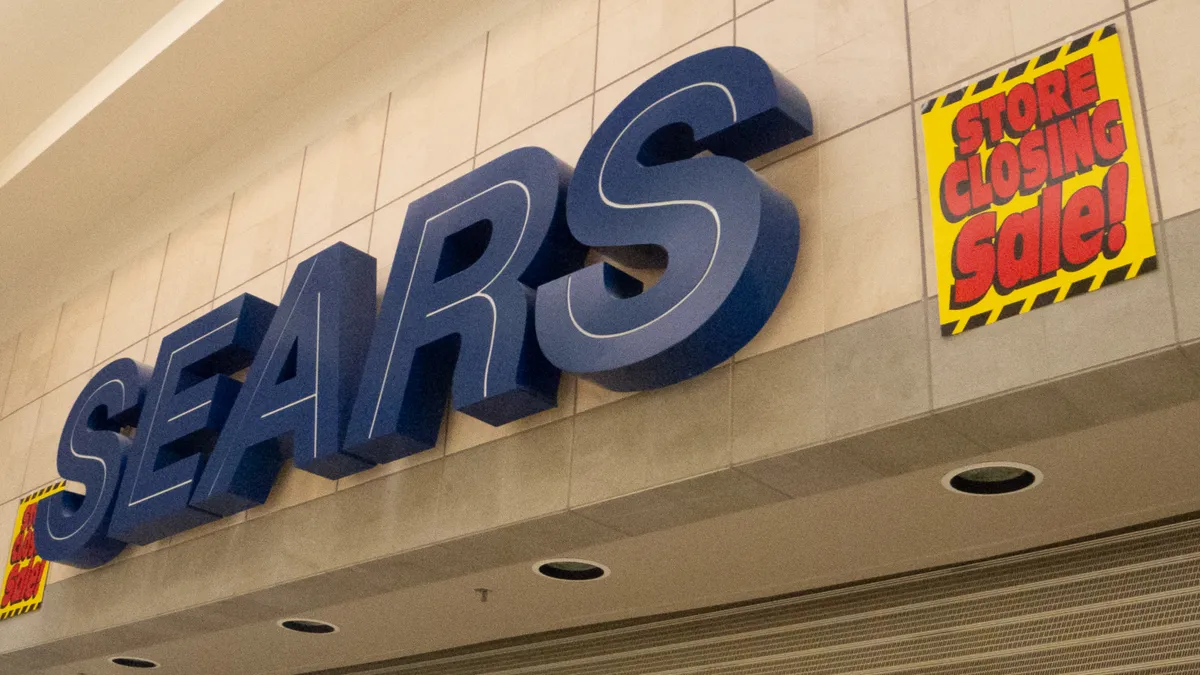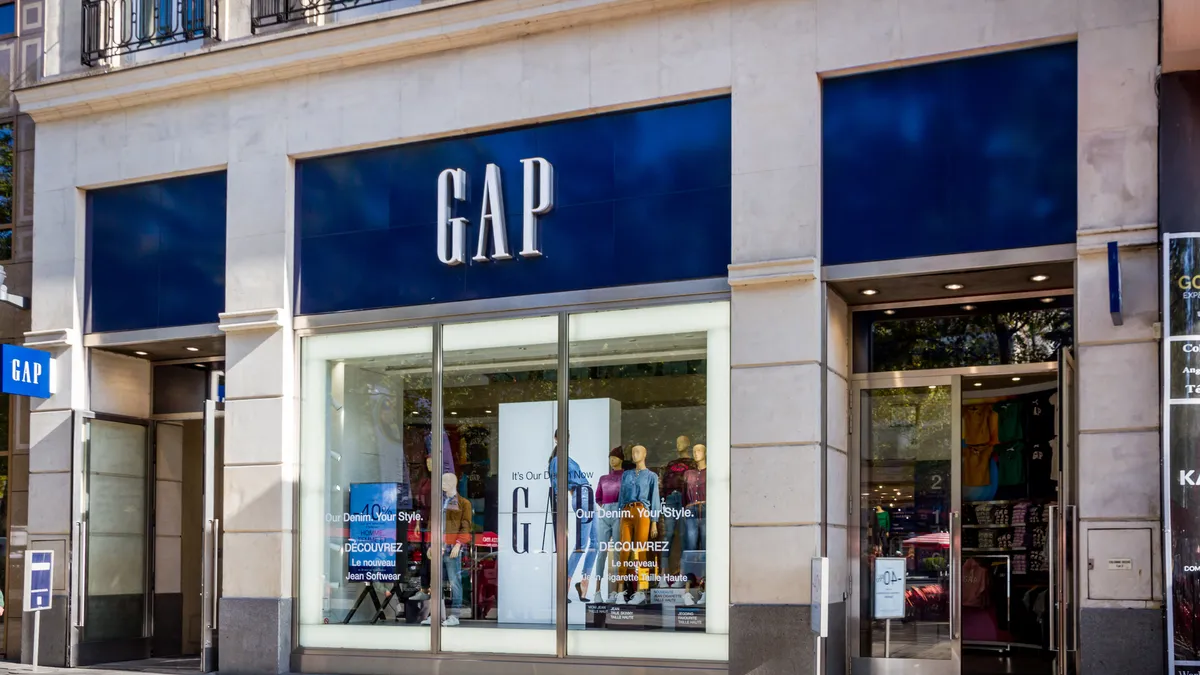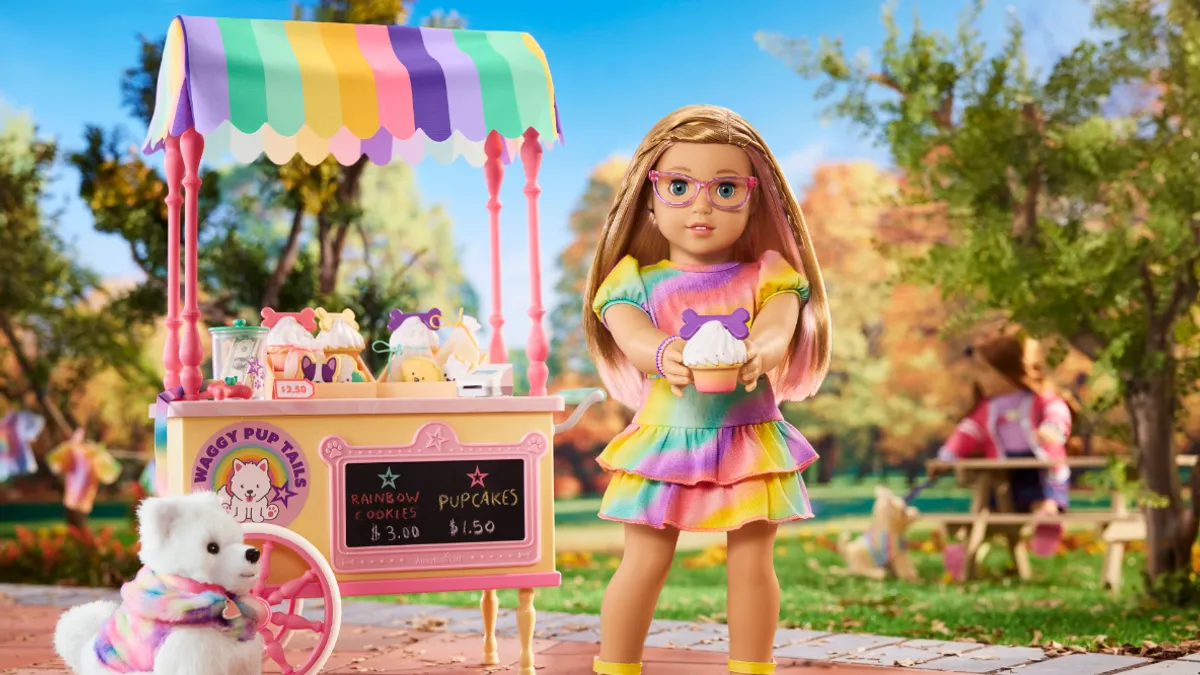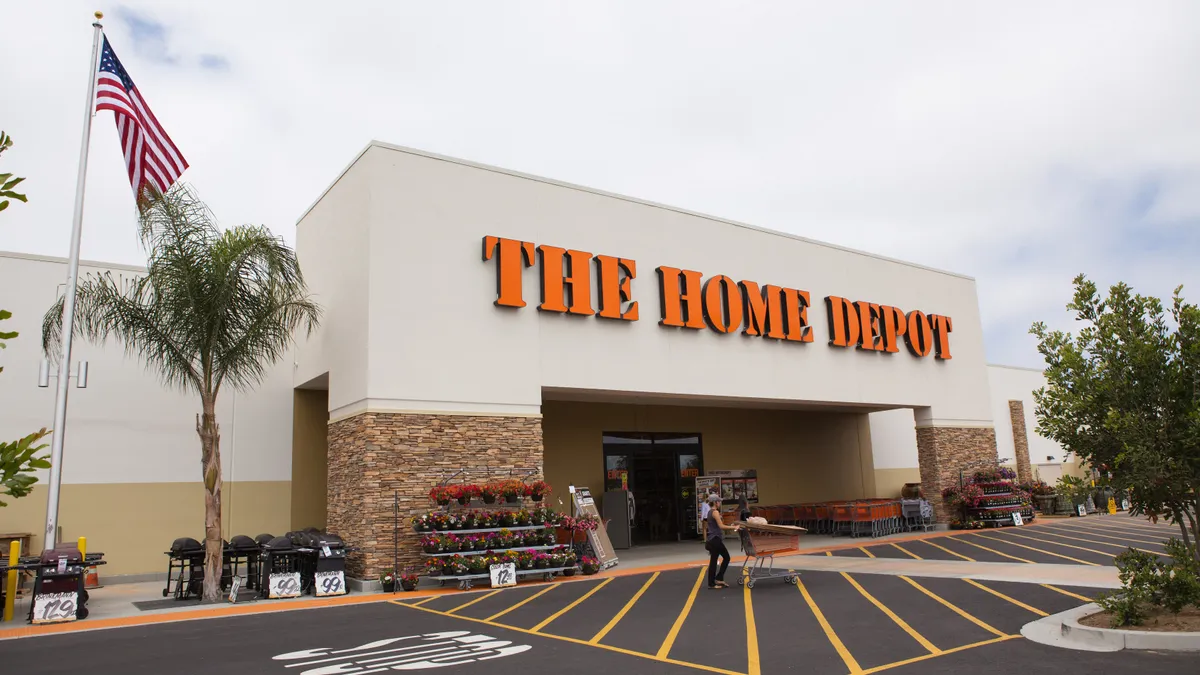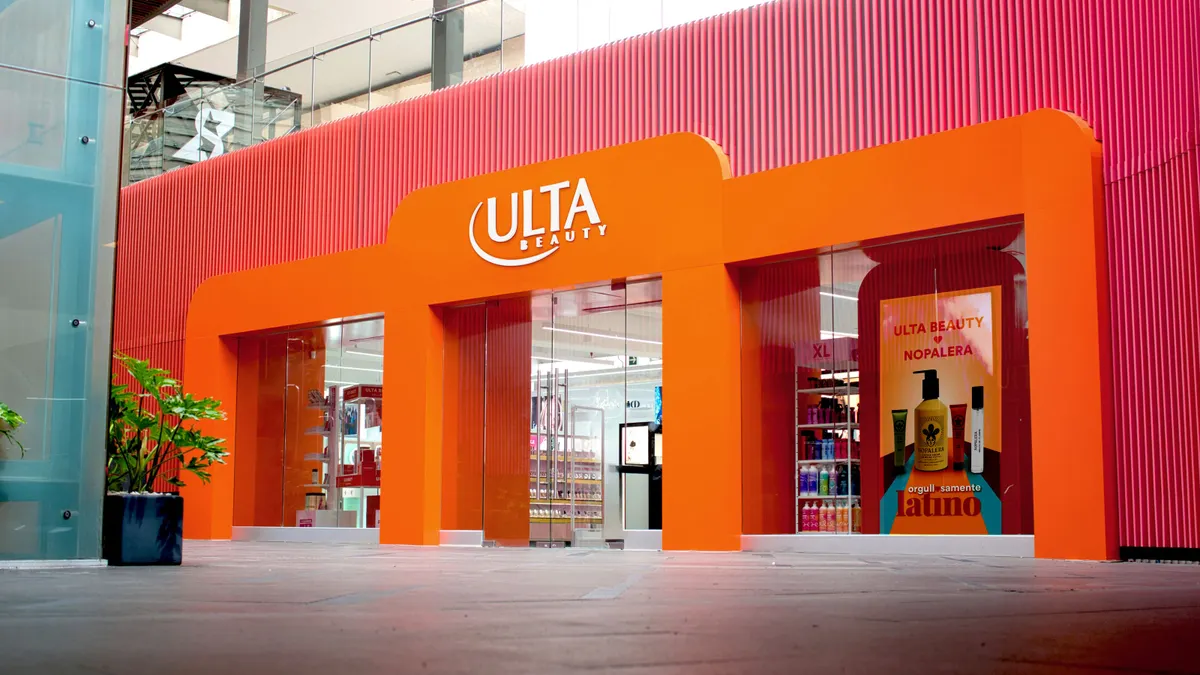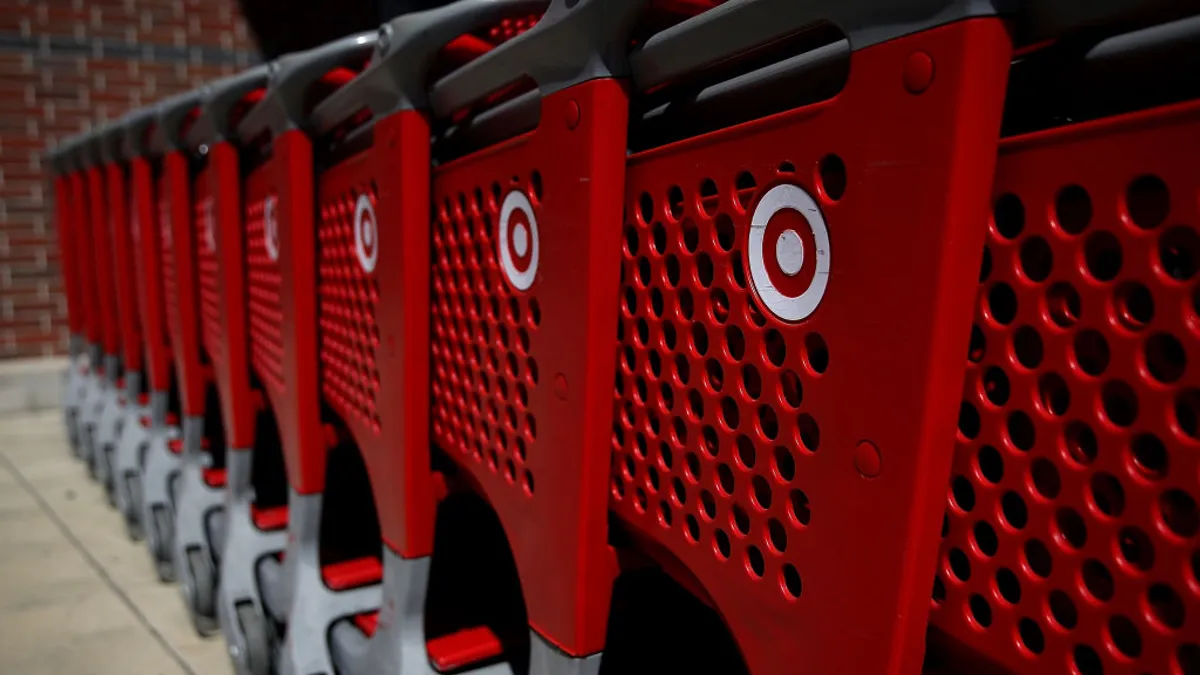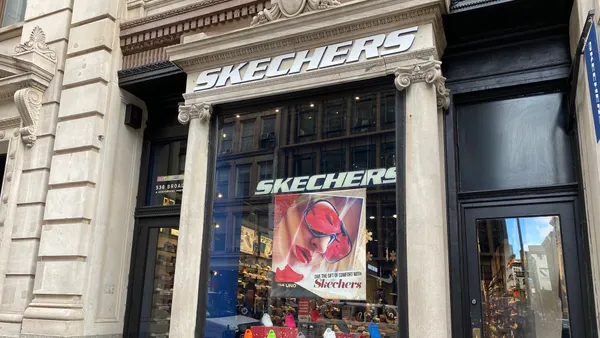In October 2018, one Sears holding company (with a multitude of subsidiaries) went into bankruptcy. As though by some dark science, an identity split occurred in Chapter 11.
Out came a new Sears, Transformco, with the last remaining stores of a one-time retail empire. The old Sears, Sears Holdings, remains a corporate shadow, like a tortured doppelganger, stuck in bankruptcy ever since. The Sears Holdings that filed for bankruptcy amounts to a tangle of paper corporate entities, a massive pile of bills and a perpetual litigation machine.
Most of the world has forgotten both. "In the world of retail, Sears ceased being a factor four or five years ago," Nick Egelanian, retail analyst and president of retail development firm SiteWorks, said in an interview. "You cared about it if you had it in your [shopping] center. Other than that, nobody cares. Why would you care?"
Since Eddie Lampert acquired the last Sears and Kmart stores out of bankruptcy in early 2019 — over the objections of unsecured creditors — both banners have continued their seemingly never-ending decline that started more than a decade ago.
At the time of the acquisition, Lampert took control of 202 Kmarts and 223 Sears department stores through the new company, Transformco (aka Transform Holdco). By then, the Sears and Kmart banners were mere fractions of what they were even a few years earlier.
The number of Kmarts and Sears stores has since become an even smaller and starker fraction of the one-time giant. According to a Retail Dive count of Sears' website, there were 40 Kmart stores and 39 Sears full-line stores (including Puerto Rico and other territories) as of May 26.
Those counts are based on how up-to-date, or not, Transform's websites are and might not reflect the company's store count exactly. Other counts differ. Financial analysis firm Creditntell lists 38 Kmarts and 87 Sears stores based on a variety of datapoints. Writing for Forbes, Michael Lisicky estimated earlier this year that there would be just 21 Kmarts and 28 Sears stores left by this summer after the latest planned closures. A spokesperson for Transformco did not respond to Retail Dive's request to confirm the company's current store count and make an executive available for interview.

Jim Rice, a senior vice president with Creditntell, said in an interview that Transformco's current Sears and Kmart footprints might not be enough to support overhead costs for the banners. Moreover, Sears and Kmart's supplier base has likely diminished along with their footprints. Rice said he has received fewer inquiries from those interested in selling to Sears in the time since it emerged from bankruptcy. "I used to get a lot of calls from vendors looking to ship," Rice said. "Those calls have really dried up."
Customer traffic remains severely depressed as well. Data from Creditntell shows that foot traffic to Sears stores — which closed for the initial weeks of the pandemic while Kmart stayed open — dipped more than 80% against their 2019 baseline levels in the early weeks of the COVID-19 crisis. While traffic made some recovery it remained down more than 30% below throughout 2020. So far in 2021, Sears traffic has remained 20% to 30% below 2019 levels for most of the year through April 1, according to Creditntell.
Diminishment seems like an eternal state for Sears, defying mathematics and logic. Surely if Sears and Kmart keep closing stores they will reach zero eventually — right?
Rise and fall of a retail empire
Older generations can recall a very different trajectory for Sears, which was formed out of a partnership between Richard Sears and Alvah Roebuck, originally to sell watches and jewelry to America's far-flung towns.
By the early 1900s, the Sears catalog sold women's garments, guns, fishing tackle, bicycles, baby carriages, musical instruments and even houses, along with a whole lot of other things. It was also an early pioneer in consumer credit plans and launched its own iconic brands, including the Craftsman brand of tools.
Starting in 1925, Sears began building brick-and-mortar stores, adding hundreds within just a few years. By 1931, retail sales passed its catalog revenue. Erik Gordon, a professor at the Ross School of Business at the University of Michigan, noted in an interview how Sears "early on, saw suburbanization and shopping malls as an opportunity — and they saw it as such a big opportunity they built malls."
Sears developed into a multifaceted mammoth. Along with its catalog and retail business, and private brands, it housed among other units an insurance company, a real estate company and a credit card (Discover), all of which were eventually spun off.
"They knew about fulfillment. You look at it and think, 'Oh my goodness, they were Amazon.'"

Erik Gordon
Professor, Ross School of Business at the University of Michigan
Not long after Lampert and his hedge fund ESL Investments took over Kmart, following the latter's bankruptcy in the early 2000s, he merged the discount store with Sears in a move to expand the product range of both stores and accelerate Sears' off-mall strategy. But both banners went into the merger with longstanding existing issues.
Sears was tied to a department store sector in decline amid the rise of big-box players and off-mall shopping. Sears' decision to fold its catalog business in the early 1990s was also a fatal mistake, coming as it did right before the rise of e-commerce, a form of digital catalog retail, in Egelanian's view. "They had built this company on a foundation not that dissimilar to the Amazon foundation," Egelanian said. "They wanted to sell everything to Americans."
Or as Gordon puts it: "They knew about fulfillment. You look at it and think, 'Oh my goodness, they were Amazon.'"
Sears had management issues back then as well, long before the arrival of Lampert. "Sears was fat, rich and complacent," Gordon said. "Retailing is just brutal, and when you get sort of fat and self-satisfied and arrogant, it gets away from you."
Meanwhile, Kmart had been thoroughly out-competed by Walmart in its sector over the preceding decade. Egelanian attributed this to Walmart's more efficient distribution system, which the low-price leader invested in while Kmart was making ill-fated acquisition bets on box retail in the 1990s.
Once Lampert came on as chairman of Sears Holdings, and later took over the chief executive role, the company undertook some of the most complicated and thorough financial engineering the industry has ever witnessed, and which has now become infamous among retail observers, as well as the target of litigation.
The company spun off the Lands' End brand, which ESL now majority owns and has wound down its relationship with Sears. Sears divested Sears Canada as well, while Lampert retained control through ESL and Sears Holdings. About five years later, in 2017, Sears Canada went bankrupt and liquidated.
Sears also spun off hundreds of its choicest owned properties into a real estate investment vehicle, Seritage Growth Properties, in which ESL holds a substantial interest. Along with the prized real estate assets, Lampert and ESL received rent revenue from Sears through Seritage. Over time, though, Seritage has leased out properties once rented by Sears to other retailers. As of the turn of the year, Seritage has no locations leased to Sears or Kmart. Litigation and Lampert remain its only ties to the Sears name.
Lampert also loaned Sears Holdings hundreds of millions of dollars on multiple occasions, and took in money from the company on interest payments and fees.
Along with the web of assets, Sears Holdings — back when it had money — regularly doled out millions to shareholders in the form of buybacks and made substantial financial bets with its cash. A good case can be made that the buybacks left Sears with less cash to invest in its business when the industry started undergoing rapid technological and competitive changes.
Lampert is a "mastermind of the corporate rule book," in Egelanian's view. "He was always manipulating Sears for the most profit for the owners of Sears, or for the companies he created to benefit from Sears."
Many share that view, and it has fueled court fights. Lampert and a host of associates and controlled companies are defendants in a lawsuit filed by Sears Holdings and unsecured creditors to the old Sears. (With the creation of Tansformco, Lampert cut ties with Sears Holdings.)
Their complaint against Lampert and others is filled with fiery language even for an adversarial legal action. Pointing to the Lands' End and Seritage spinoffs, they accused Lampert and other shareholders of "thefts of assets," "rank self-dealing" and "numerous other breaches of fiduciary duty."
The plaintiffs alleged that "[a]ltogether, Lampert caused billions of dollars of cash and other assets to be transferred to himself, Sears Holdings's other shareholders and other third parties," and beyond the reach of creditors.
They also highlighted some $400 million in fees and interest that Sears Holdings paid on debt financing provided by Lampert when Sears was burning through cash. "The assumption of these purported debt obligations was intentionally and constructively fraudulent," the plaintiffs allege, casting the loans to Sears Holdings by Lampert as "equity contributions."
In the plaintiff's view, Sears Holdings was insolvent going all the way back to 2014, if not earlier. Lampert and other defendants "knew this but nonetheless continued to pursue further asset transfers for their own enrichment" as the company posted massive losses and rosy projections in budget plans, the complaint alleges.
At the time an initial lawsuit was filed, ESL said in a statement that it "vigorously disputes the claims" against it and Lampert, which the firm said "repeats baseless allegations and fanciful claims." When asked if ESL had any further or updated comment, the company pointed back to its previous statements on the matter.
A 'junkyard' for value
While Sears Holdings spun off assets, it also went through wave after wave of store closures as its retail business weakened and sales fell. And the shrinking and asset sales continue today under Transformco. In January, for example, the company sold off five Kmart leases to Target.
Since it was formed, Transformco has been a private company, meaning the window into Sears' finances and even basic operations has all but closed.
Rice said that the company doesn't provide financial information to vendors, which many private companies do under nondisclosure agreements so they can receive trade credit. "Without knowing what liquidity was, and what the opening balance sheet looked like, it's impossible to tell someone to go ahead and ship," Rice said.
Even given the little that is known, it is difficult to find any outsider who thinks Sears and Kmart stores will survive in the long run.
"The company may be kind of bumping along," Neil Saunders, managing director with GlobalData, said in an interview. "There's no love there for consumers, no relevance for consumers. The whole company is a husk of what it once was. There is no intention there of [operating] as a legitimate retailer. It's a financial play. There's probably some things to do with property, but as a viable retail business, there's no future there."
The waves of store closures since the bankruptcy also raise a question: Why did Lampert bother buying the stores? Did he really believe there was a future for the retailer? Nobody can know the answer to that except Lampert.
"With respect to what Sears and Kmart actually are, [Lampert] is delusional," Gordon said.
Some, though, give Lampert credit for trying to save Sears.
"It was widely said by people who dealt with him that somewhere inside of him he believed that there was a place for a smaller Sears," Egelanian said of Lampert. "What we do know for sure is that his primary motivation was, and is, being the junkyard that takes every piece of value possible in that thing and turns it into money somehow or some way to benefit somebody."
Dwindling Sears assets
Transformco owns other assets along with the Kmart and Sears full-line stores. In mid-2019, the company acquired Sears Hometown, which Sears Holdings had spun off in 2012.
That acquisition happened after ESL replaced two board members and changed the company's bylaws, allowing it to ditch a previous plan to liquidate the appliance retailer and instead sell to Transformco for $2.25 a share.
At the time of the deal, about two years ago, the new Sears acquired 491 Hometown stores and 126 appliance Outlet stores. Today there are 312 Hometown stores remaining, a 36% reduction, and 138 Outlet stores, as well as 25 Sears Auto Centers, according the Retail Dive's analysis of Sears' website.
While listed on Transformco's website, Sears Outlet was actually acquired in 2019 by the parent of Liberty Tax services, today known as Franchise Group. The Outlet stores were later absorbed into Franchise Group's American Freight banner.
Transformco also appears to own the storied Kenmore appliance brand as well as the Sears Home Services home improvement business.
The latter also has a tortured history with Lampert and ESL at the center. While in bankruptcy, Sears Holdings, still under Lampert, had a bid from Service.com, a marketplace for contract and home improvement work, for the services business.
According to the bidder, Lampert's ESL, which had also tried to buy the services business in the past, derailed multiple attempts by Service.com to construct a deal to buy Sears' services business out of bankruptcy. Finally, a stalking horse bid by Service.com was approved by the court — but it never closed.
Service.com blamed Sears for the deal's failure, alleging in court papers that a data room set up for the home improvement business sale was not updated quickly or sufficiently with information, hurting the company's ability to wrangle financing for the acquisition.
After Lampert created Transformco and bought Sears' remaining stores, he cut a deal to buy the home services business as well. Service.com was left to tussle with Sears Holdings over a $6 million security deposit the latter said was forfeited when the deal failed. (They eventually settled and split the money, with the lion's share going to Sears).
Since acquiring the services unit, Transformco has reportedly explored selling it. So far, it remains with the new Sears company. It's just one more chapter in the legal saga over Sears.
As for the Kenmore appliance brand, it has likely lost much of its former luster as a brand. Gordon says he once asked a class of 40 students if they knew the brand name. "One person raised their hand and said, 'I think my mother's oven says Kenmore.'"
'No man's land'
Meanwhile, Sears Holdings is still in bankruptcy, two and a half years after filing.
Some vendors who shipped to the company in the weeks leading up to and after Sears filed for bankruptcy are still trying to get paid as administrative creditors. Despite asset sales in Chapter 11, Sears Holdings is roughly $80 million in the hole to administrative creditors.
As a result, the old Sears is stuck in a bankruptcy "no man's land," according to Joseph Sarachek, founding principal of Sarachek Law, who is representing a handful of foreign vendors trying to get paid for shipments made to the old Sears in 2018.
Part of the problem is Sears Holdings' mountain of bills since filing for Chapter 11, which include its legal, consulting and investment banking expenses during the case. The company's total professional fees stand at around $250 million, making it the most expensive retail bankruptcy case of the past five years, according to Debtwire data, and one of if not the most expensive bankruptcy in retail history.
Another confounding factor is the sheer size and complexity of Sears Holdings, with its many financial and corporate entanglements, a legacy of both Lampert and the company's heyday as a conglomerate spanning industries beyond retail.
Finally, the company is also locked into the above-mentioned litigation with Lampert and others around the years of fire sales and alleged insolvency at Sears Holdings. Sarachek's clients have pushed Sears Holdings to settle its claims so it can pay them out and move on. They and others have also previously issued calls for the case to be converted to a Chapter 7 so it can be resolved by a trustee, which would put an end to the endless waterhose of legal bills.
In the meantime, creditors who shipped goods to Sears years ago on payment terms are still waiting, still in limbo, as the Sears saga grinds on.
"It is a very troubling scenario," Sarachek said, referring to the administrative insolvency of Sears Holdings in Chapter 11. "I can show you some emails from [Sears] creditors who literally are having their lives threatened because they owe their suppliers."



